What is the purpose of the Pre Trip Inspection Checklist?
The Pre Trip Inspection Checklist is designed to ensure the safety and roadworthiness of vehicles before they are used. It helps identify any maintenance issues or defects that need to be addressed to prevent breakdowns and accidents during the trip.
Who needs to fill out the Pre Trip Inspection Checklist?
This checklist is typically completed by the driver of the vehicle before commencing a trip. It is a crucial step for commercial drivers, including those operating trucks, buses, and trailers, to comply with safety regulations and standards.
What should be included in the Pre Trip Inspection Checklist?
The checklist should cover all critical areas of the vehicle, including the engine compartment, fluid levels (oil, coolant, etc.), brakes, tires, lights, mirrors, horn, and safety equipment. It also includes checks for leaks, damage, or wear that could impede safe operation.
How often should the Pre Trip Inspection Checklist be completed?
This checklist should be completed before every trip without fail. It ensures that any issues are identified and rectified immediately, maintaining the vehicle’s safety and compliance with regulations.
What happens if issues are found during the pre-trip inspection?
If any issues are identified during the inspection, they should be addressed and resolved before the vehicle is used. This may involve conducting repairs, replacing parts, or performing additional maintenance. Documenting these issues and the actions taken is also essential for compliance and safety records.
Is the Pre Trip Inspection Checklist a legal requirement?
Yes, for commercial vehicles, completing a Pre Trip Inspection Checklist is a legal requirement under federal and state transportation regulations. It is essential for ensuring the safety of the vehicle, its occupants, and other road users.
Where can I find a Pre Trip Inspection Checklist form?
The form can usually be obtained from the Department of Transportation’s website, your employer, or industry organizations. It’s also available in digital format from various online resources and mobile applications tailored for commercial vehicle drivers.
Can I customize the Pre Trip Inspection Checklist?
While the core components of the checklist are standardized to comply with regulations, companies may customize the form to include additional checks relevant to their specific operations or vehicle types. However, it's crucial to ensure that any customization still meets all regulatory requirements.
What is the penalty for not completing the Pre Trip Inspection Checklist?
Failing to complete the Pre Trip Inspection Checklist can result in significant penalties, including fines, legal actions, and the potential for vehicles to be taken out of service. It also increases the risk of accidents caused by preventable mechanical failures.
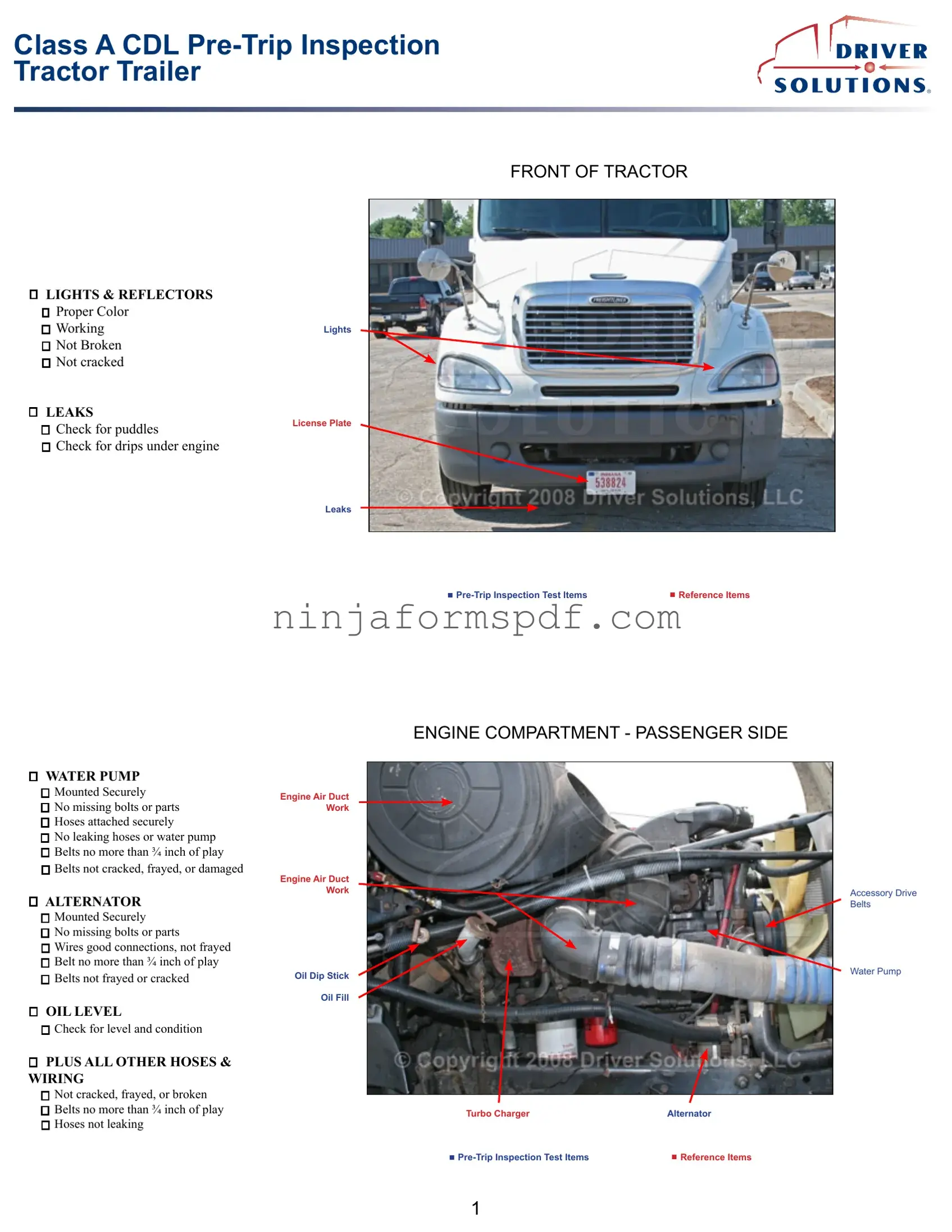
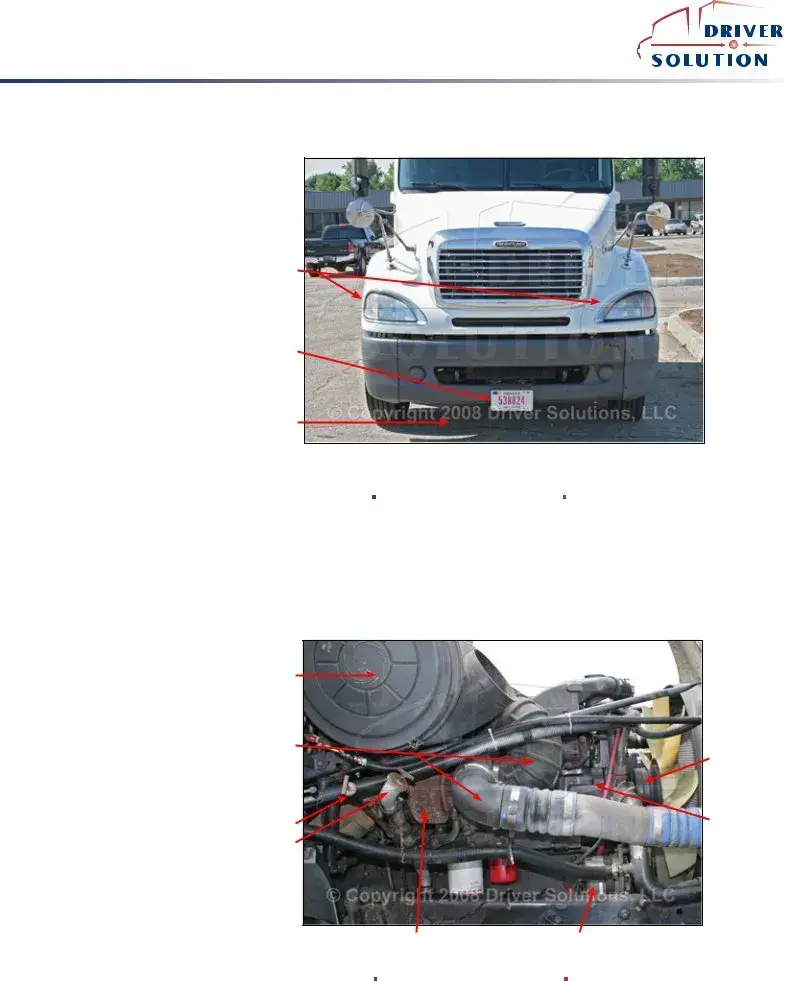
 ®
®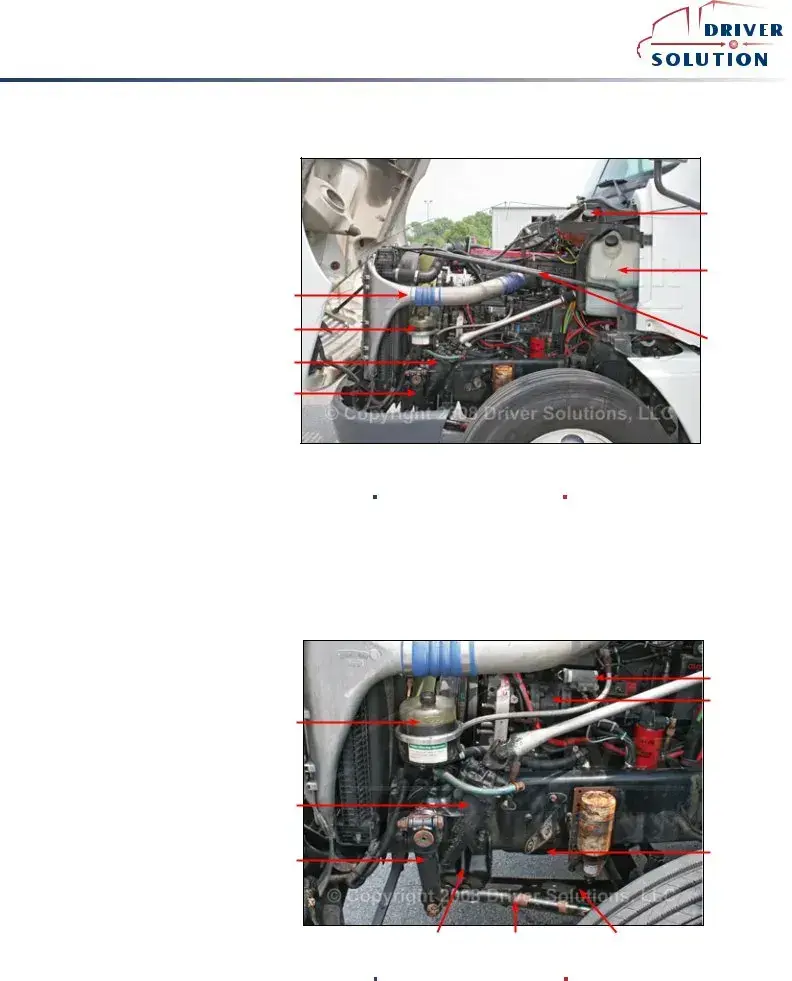
 ®
®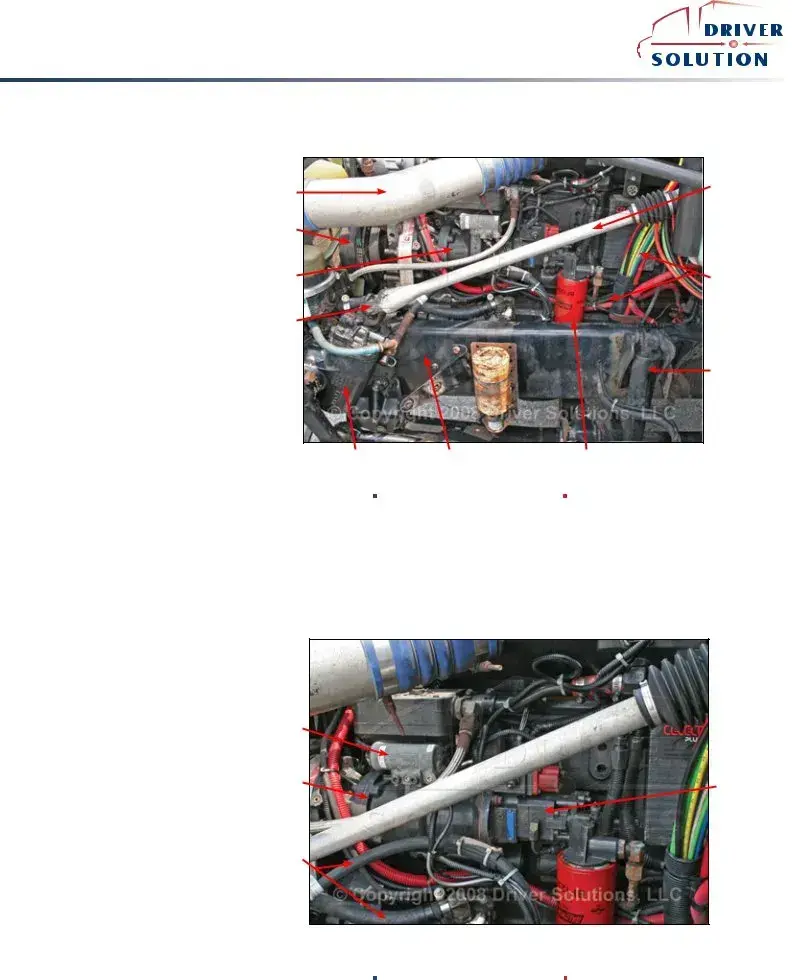
 ®
®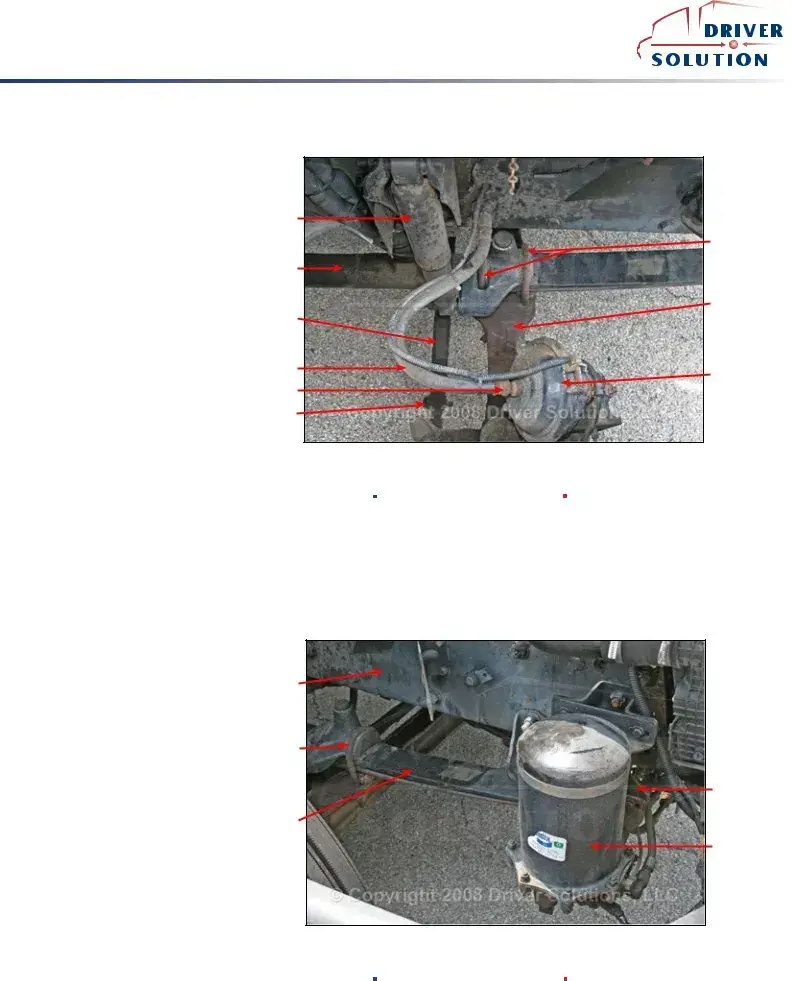
 ®
®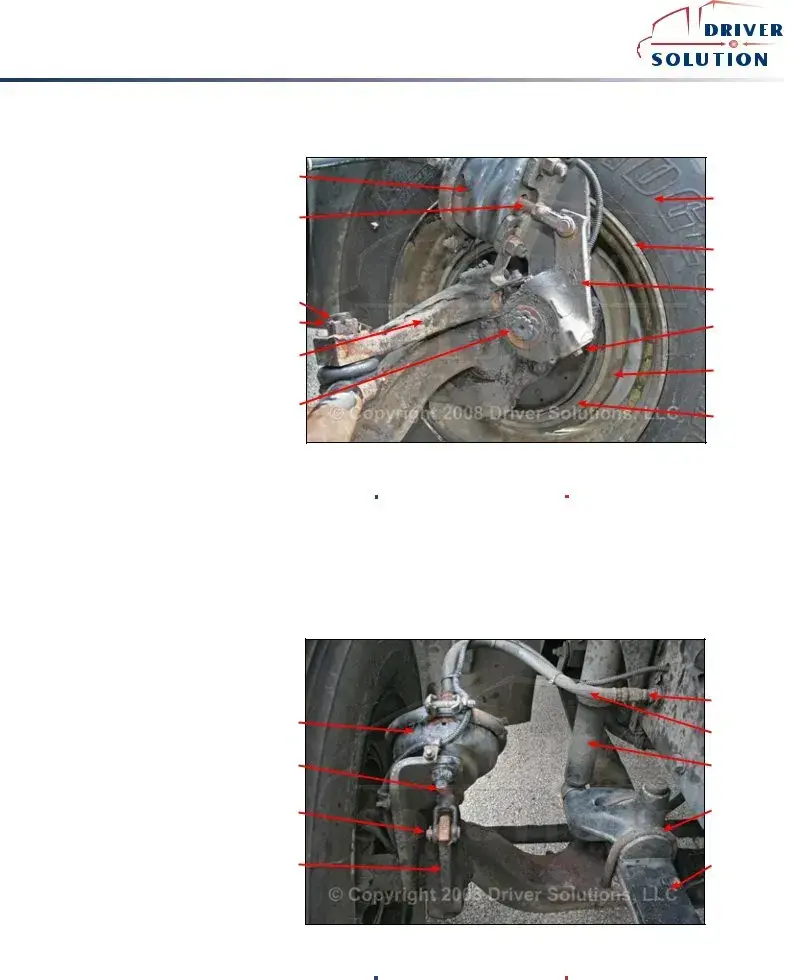
 ®
®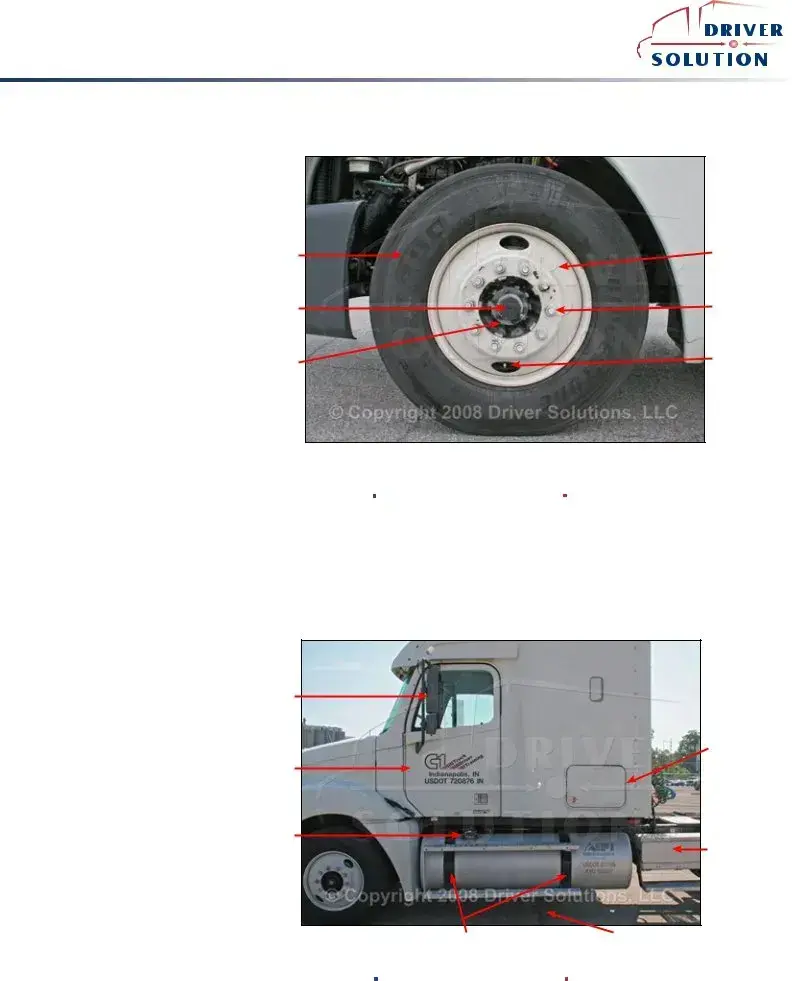
 ®
®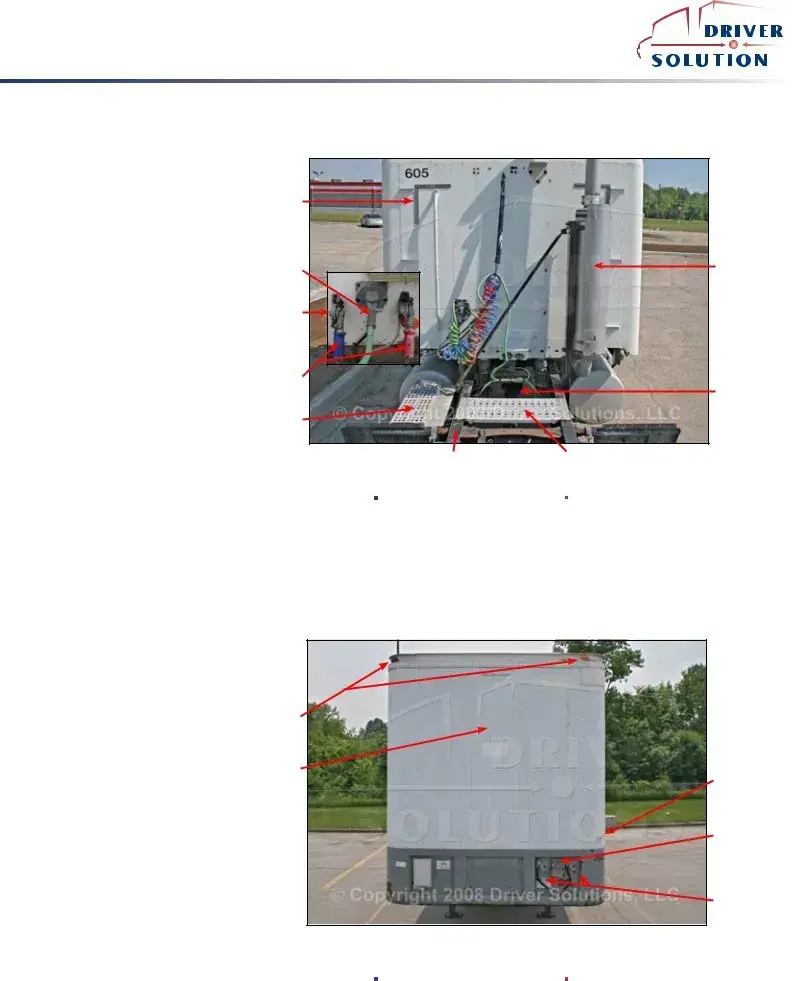
 ®
®
 ®
®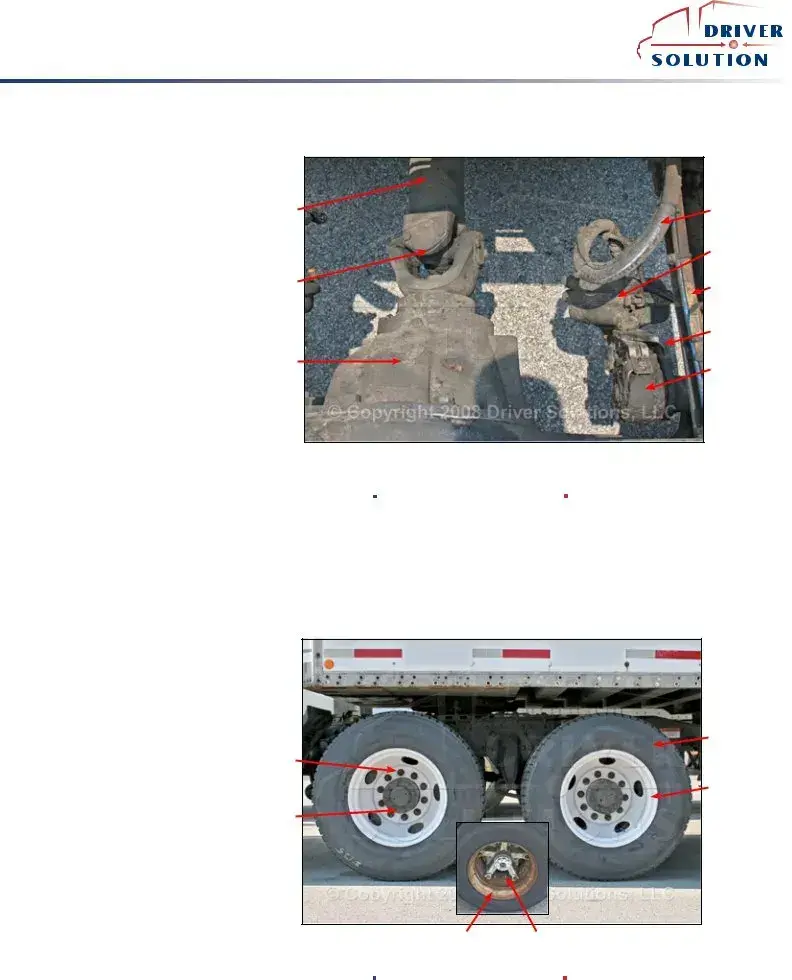
 ®
®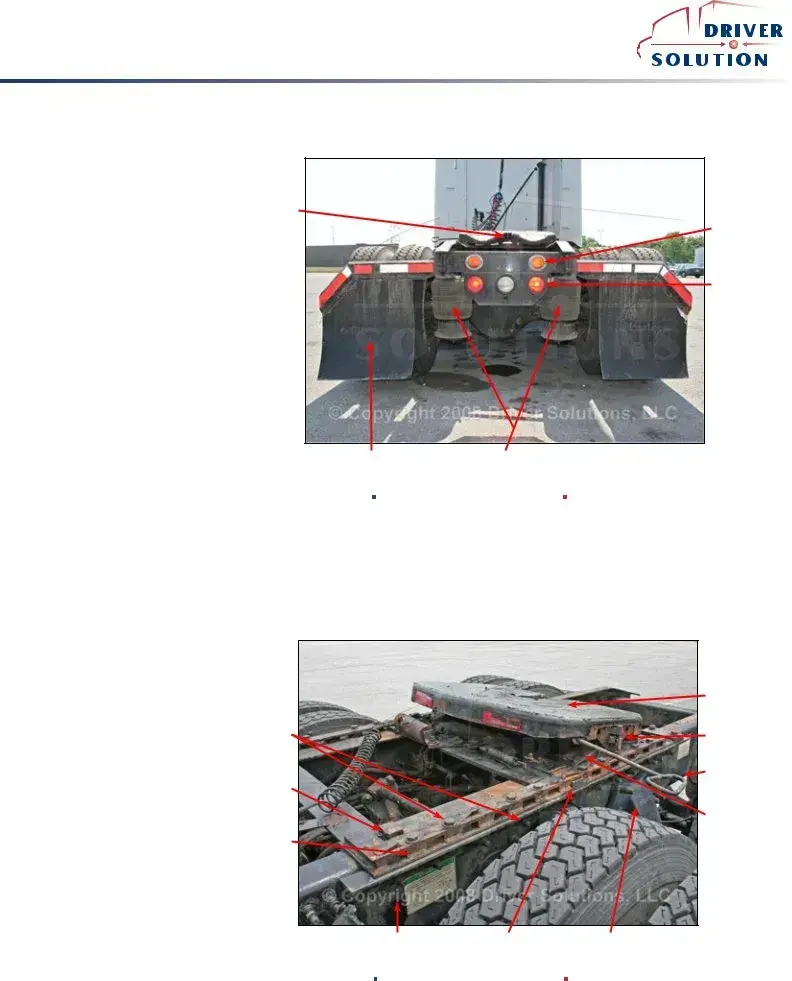
 ®
®